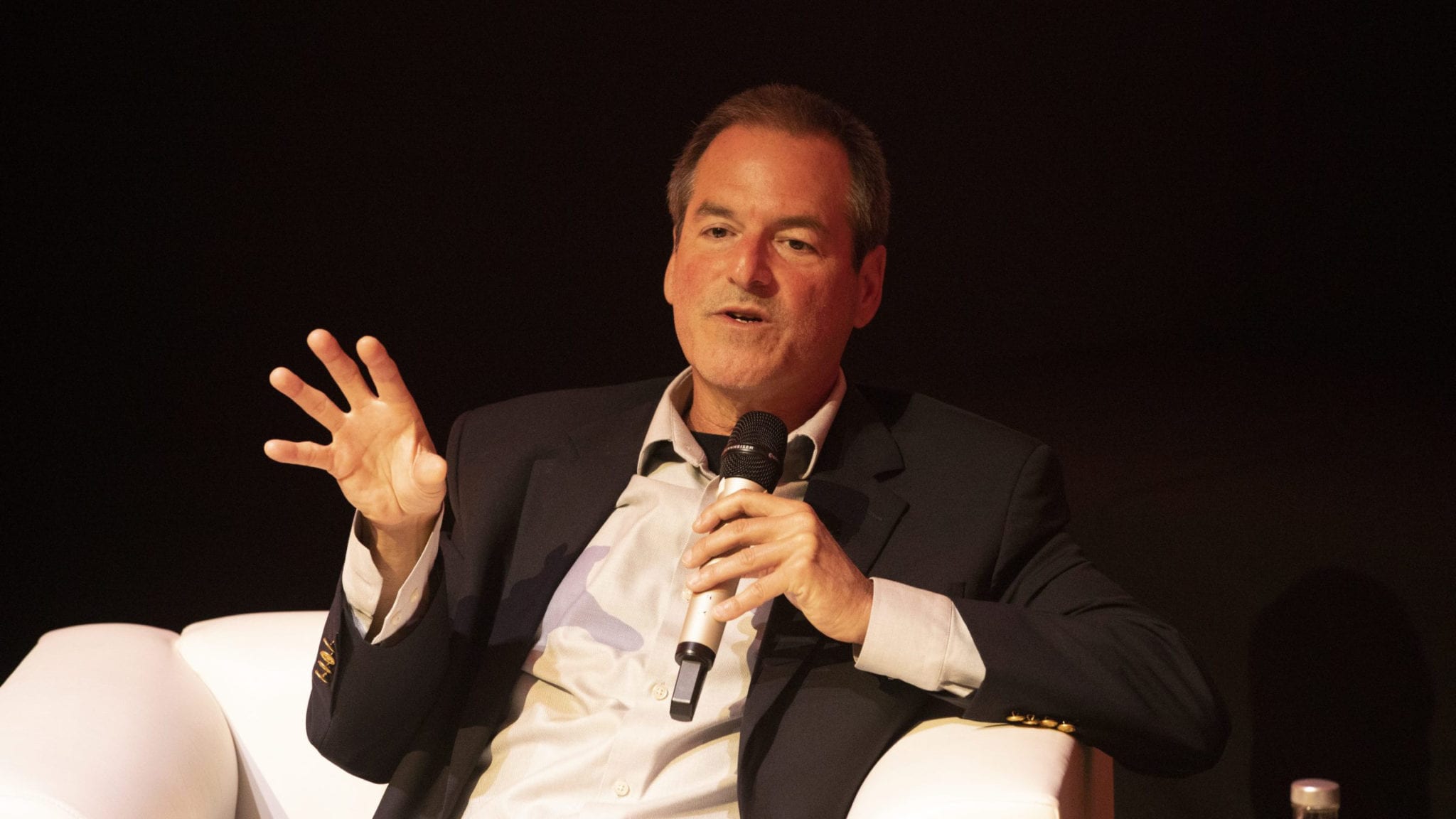
GSK poised to leap back into the oncology market with more positive belantamab mafodotin results — but BCMA rivals are swarming in behind
GlaxoSmithKline took an important step toward a key new approval Monday night, posting their second positive round of pivotal data for the BCMA-targeting multiple myeloma conjugate belantamab mafodotin (GSK2857916). And with upbeat DREAMM-2 data, they’ve filed for an approval with hopes of getting a priority review for their “breakthrough” drug candidate.
But after the stellar rounds of new data in the BCMA field at ASH a few days ago, don’t expect a tremendous level of excitement to greet them over the outcome.
Unlock this article instantly by becoming a free subscriber.
You’ll get access to free articles each month, plus you can customize what newsletters get delivered to your inbox each week, including breaking news.